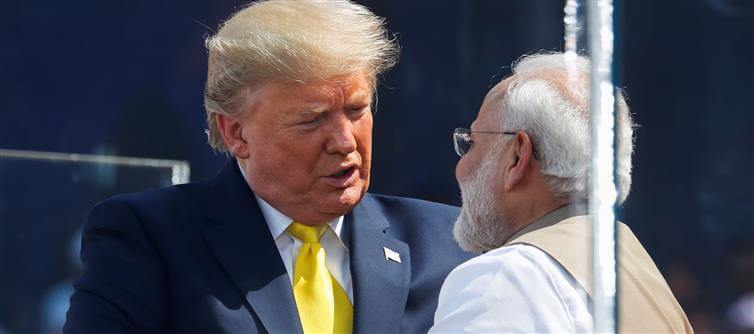
The development path cannot be walked in isolation. In fact, for a country like india, which relies heavily on export-driven sectors, particularly services and textiles, losing access or preferential treatment in the U.S. market is a significant blow. Tariffs not only reduce our competitiveness but also send a message of strategic distancing from the world's largest economy.
At a time when india is already diplomatically estranged from china and increasingly viewed with caution by Western powers, alienating the U.S. is a dangerous gamble. Russia, though a traditional ally, cannot offer india what it needs now: tech transfers, access to capital, and deep industrial collaboration. It’s easy to shout self-reliance slogans and say “let’s build our own,” but if that were a feasible option, we wouldn’t still be having this debate after 75 years of independence.
Structural inefficiencies, bureaucratic red tape, lack of scale, and inconsistent policies have repeatedly hampered domestic industrial growth. The "Make in India" initiative has largely failed, with the country struggling to attract sustained manufacturing investment. Ironically, while we talk of manufacturing independence, indian politicians are now content with inaugurating tesla showrooms rather than factories.
To make matters worse, India’s crown jewel—the IT services sector—is beginning to falter under global headwinds, automation, and mass layoffs. Meanwhile, the U.S. is reindustrializing through the construction of AI-powered giga-factories and automation hubs, where cheap human labor is no longer a competitive edge. In this new tech-driven global order, india risks being left behind if it doesn't pivot smartly.
The truth is, we need the U.S.—its technology, capital, and ecosystems—far more than the U.S. needs our low-cost workforce. If india is to spark its next wave of growth beyond legacy IT services, access to advanced Western tech stacks and favorable trade terms is not optional—it’s existential. Ignoring or downplaying this reality is not just naïve, it's suicidal.




 click and follow Indiaherald WhatsApp channel
click and follow Indiaherald WhatsApp channel